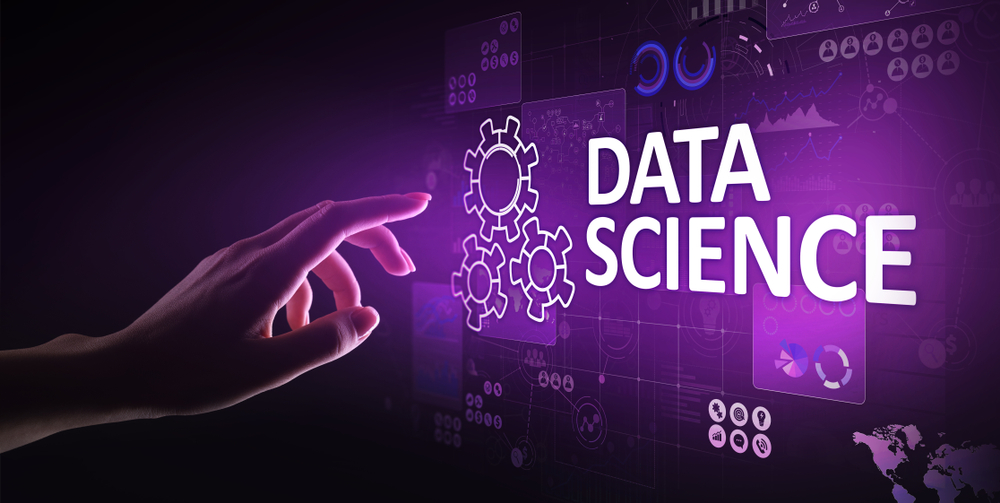About Course
Welcome to Introduction to Data Science for Mental Health course. The major goals of this course are to learn how to use tools for acquiring, cleaning, analyzing, exploring, and visualizing data; making data-driven inferences and decisions; and effectively communicating results.
Course content(s)
Introduction to data science
Introduction to data analysis using Stata/R/Python
Data Structure and types
High dimensional & low dimensional data
Data distributions & skewness
Descriptive statistics: measure of central tendency, measure of dispersion
Dimensionality reduction, including principle component analysis
Handling missing data and outliers
Data visualization
Introduction to data analysis using Stata/R/Python
Data Structure and types
High dimensional & low dimensional data
Data distributions & skewness
Descriptive statistics: measure of central tendency, measure of dispersion
Dimensionality reduction, including principle component analysis
Handling missing data and outliers
Data visualization
Course Instructor(s)
Course Objectives
- Describe what data science and machine learning are, their applications & use cases, and various types of tasks performed by data scientists
- Demonstrate proficiency with the methods and techniques for obtaining, organizing, exploring, and analyzing data
- Define data science and its importance in today’s data-driven world.
- Demonstrate the ability to clean and prepare data for analysis and assemble data from a variety of sources.
- Summarize advice given by seasoned data science professionals to data scientists who are just starting out.
- Create and modify customizable tools for data analysis and visualization per the evaluation of characteristics of the data and the nature of the analysis.
Course content(s)
Introduction to data science
Introduction to data analysis using Stata/R/Python
Data Structure and types
High dimensional & low dimensional data
Data distributions & skewness
Descriptive statistics: measure of central tendency, measure of dispersion
Dimensionality reduction, including principle component analysis
Handling missing data and outliers
Data visualization
Introduction to data analysis using Stata/R/Python
Data Structure and types
High dimensional & low dimensional data
Data distributions & skewness
Descriptive statistics: measure of central tendency, measure of dispersion
Dimensionality reduction, including principle component analysis
Handling missing data and outliers
Data visualization
Course Instructor(s)
Course Objectives
- Describe what data science and machine learning are, their applications & use cases, and various types of tasks performed by data scientists
- Demonstrate proficiency with the methods and techniques for obtaining, organizing, exploring, and analyzing data
- Define data science and its importance in today’s data-driven world.
- Demonstrate the ability to clean and prepare data for analysis and assemble data from a variety of sources.
- Summarize advice given by seasoned data science professionals to data scientists who are just starting out.
- Create and modify customizable tools for data analysis and visualization per the evaluation of characteristics of the data and the nature of the analysis.

